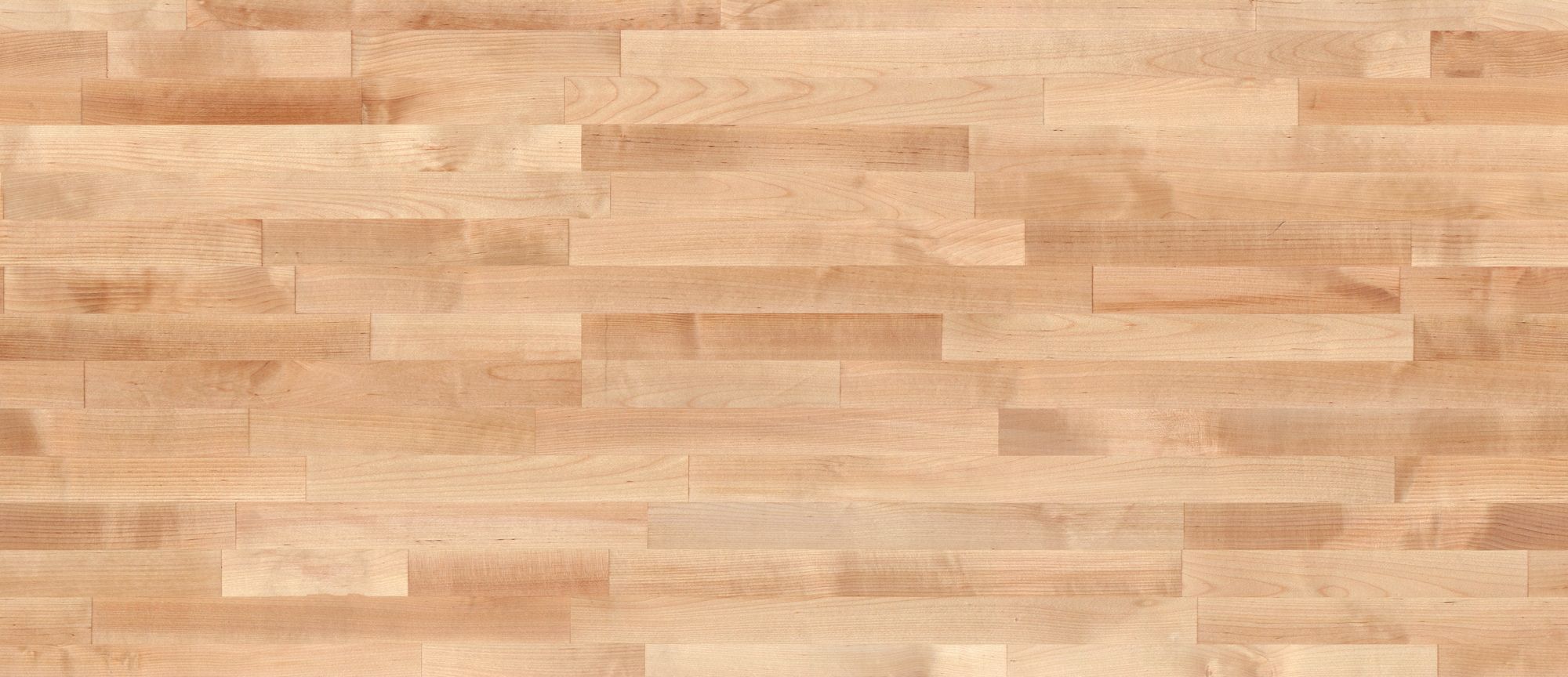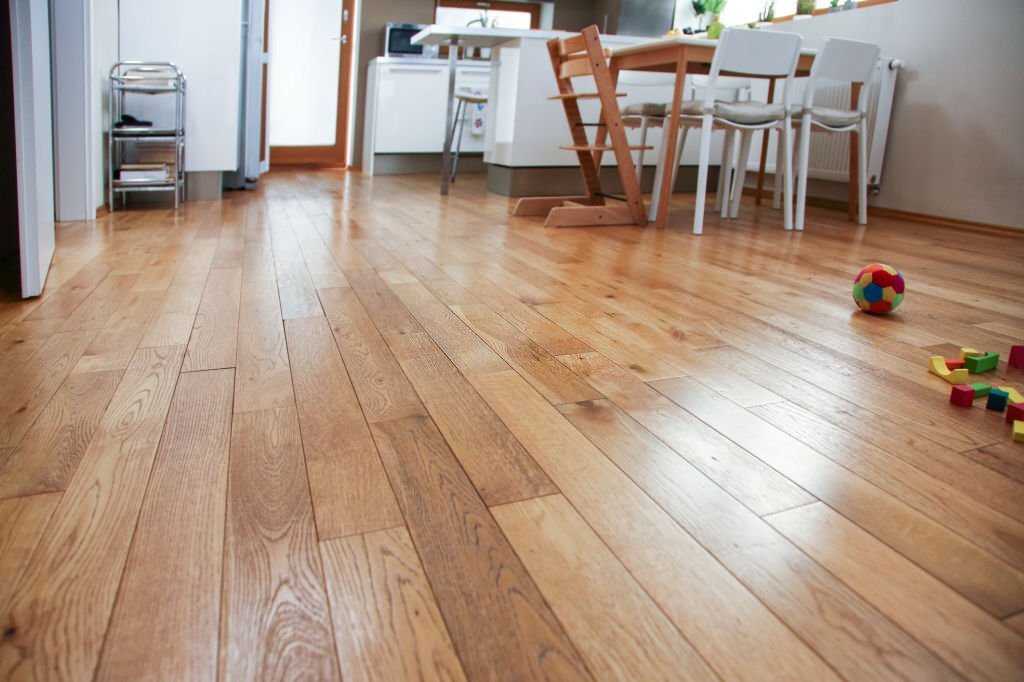
Refinishing wood floors can breathe new life into your home, enhancing its beauty and extending the life of your flooring. However, before diving into a refinishing project, it’s essential to understand how to budget effectively. Here’s a comprehensive guide on what to consider when planning for wood floor refinishing, including the costs involved and steps in the refinishing process.
Understanding the Refinishing Process
The refinishing process involves several key steps: preparing the area, sanding down the existing finish, applying new finishes, and finally, letting the new coat cure. This process typically requires specialized equipment, such as a belt sander, and may take several days to complete. The first step is often the most labor-intensive, as it involves sanding the wood flooring to remove the old finish and any deep scratches that may have accumulated over the years.
When budgeting for your refinishing project, it’s vital to calculate the square foot to refinish. Most flooring professionals charge based on the square footage, which will give you a more accurate estimate of the overall cost. Typically, the average cost to refinish hardwood floors ranges from $3 to $8 per square foot, depending on the condition of your floors and the type of wood.
Factors Influencing the Cost of Refinishing
- Type of Wood: Different types of wood require varying levels of care during the refinishing process. Hardwoods like oak and maple are generally more durable and easier to refinish, while softer woods may need more careful handling. The type of wood can significantly influence your hardwood floor refinishing costs.
- Condition of the Floors: If your wood flooring has suffered from water damage or is riddled with deep scratches, you may need additional repairs before refinishing can begin. This can increase the project cost, as extra labor and materials will be required to restore the wood to a suitable condition for refinishing.
- Finishing Products: The choice between water-based polyurethane and oil-based polyurethane can also affect your budget. While water-based options tend to dry faster and have lower VOC emissions, oil-based finishes provide a richer color and greater durability. Understanding the pros and cons of each can help you make an informed decision that fits your budget.
- Hiring a Professional: While some homeowners choose to tackle the refinishing job themselves, hiring a professional can ensure a high-quality finish. If you opt to hire a professional, be sure to get quotes from multiple contractors to compare prices and services. Professionals often have the experience and equipment necessary to achieve a flawless finish, which can be worth the additional cost.
Preparing for the Refinishing Job
Before the refinishing process begins, you’ll need to prepare your space. This includes removing all furniture from the area where you plan to refinish your hardwood floors. Moving furniture can be time-consuming and may require additional assistance, especially if you have large or heavy items. Make sure to factor in any potential costs associated with moving and storing your furniture during the project.
Estimating Your Total Costs
To get a complete picture of what you can expect to pay for your refinishing project, consider the following:
- Material Costs: This includes the cost of the polyurethane finish, sanding materials, and any repair supplies needed for your floors.
- Labor Costs: Whether you hire a professional or do it yourself, include estimates for labor. If you choose to hire someone, remember to ask about their rates and any additional fees for repairs or extra services.
- Miscellaneous Costs: Don’t forget to include costs for equipment rental (if doing it yourself) or any unexpected repairs that may arise during the refinishing process. It’s always wise to budget a little extra for unexpected expenses.
Understanding Refinishing Quotes
When you receive quotes from flooring professionals, ensure they include a detailed breakdown of costs. This should encompass:
- Labor rates
- Material costs
- Estimated time to complete the job
- Any warranties or guarantees on their work
By having a clear understanding of the refinishing job costs, you can avoid surprises and stay within your budget.
What to Expect After Refinishing
After the refinishing process is complete, it’s essential to allow the new finish to cure properly. Water-based finishes typically require less drying time than oil-based finishes, so plan your post-refinishing activities accordingly. Avoid placing furniture back into the room until the finish has completely cured to ensure the best results.
You may also want to consider periodic maintenance to keep your floors looking their best. This can include regular cleaning and occasional reapplication of the finish, which will help extend the life of your refinished flooring and maintain its appearance.
Refinishing wood floors is a significant investment that can pay off in the long run. By understanding the costs involved, preparing your space adequately, and potentially hiring a professional, you can achieve stunning results that enhance your home’s beauty and value. At RefineCraft Flooring, we’re committed to helping you through every step of the wood floor refinishing process, ensuring a seamless and satisfying experience.








